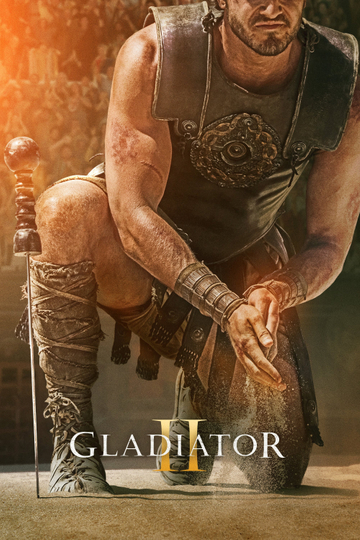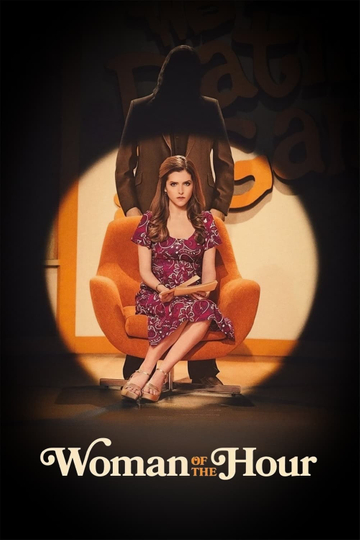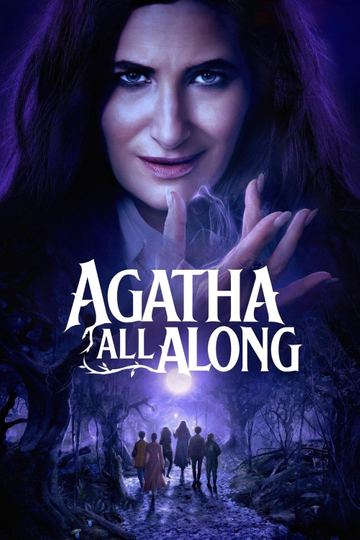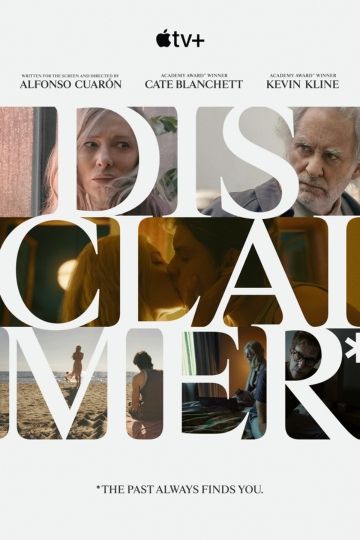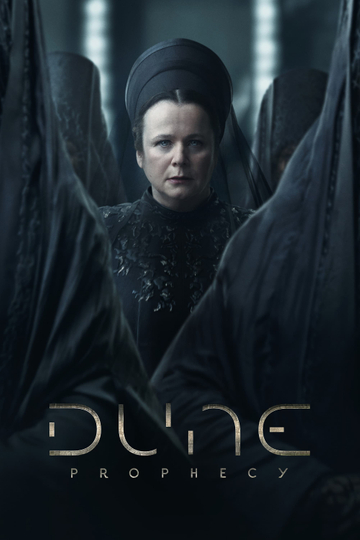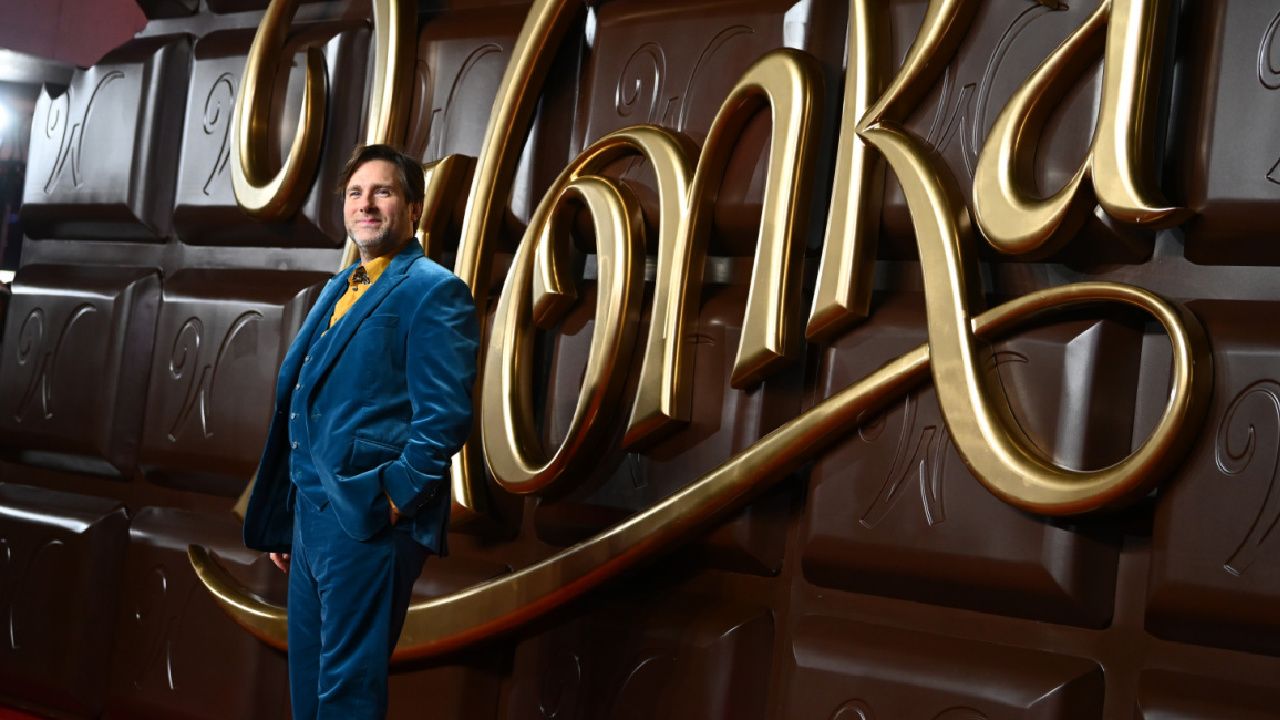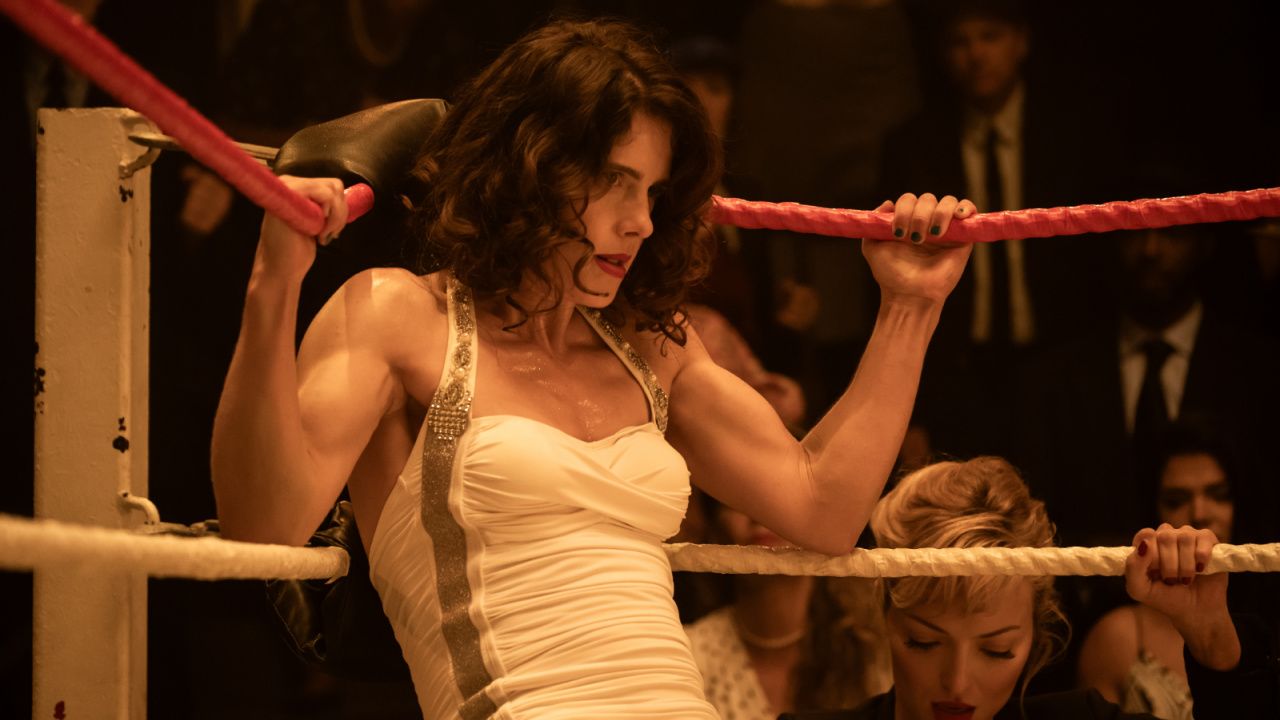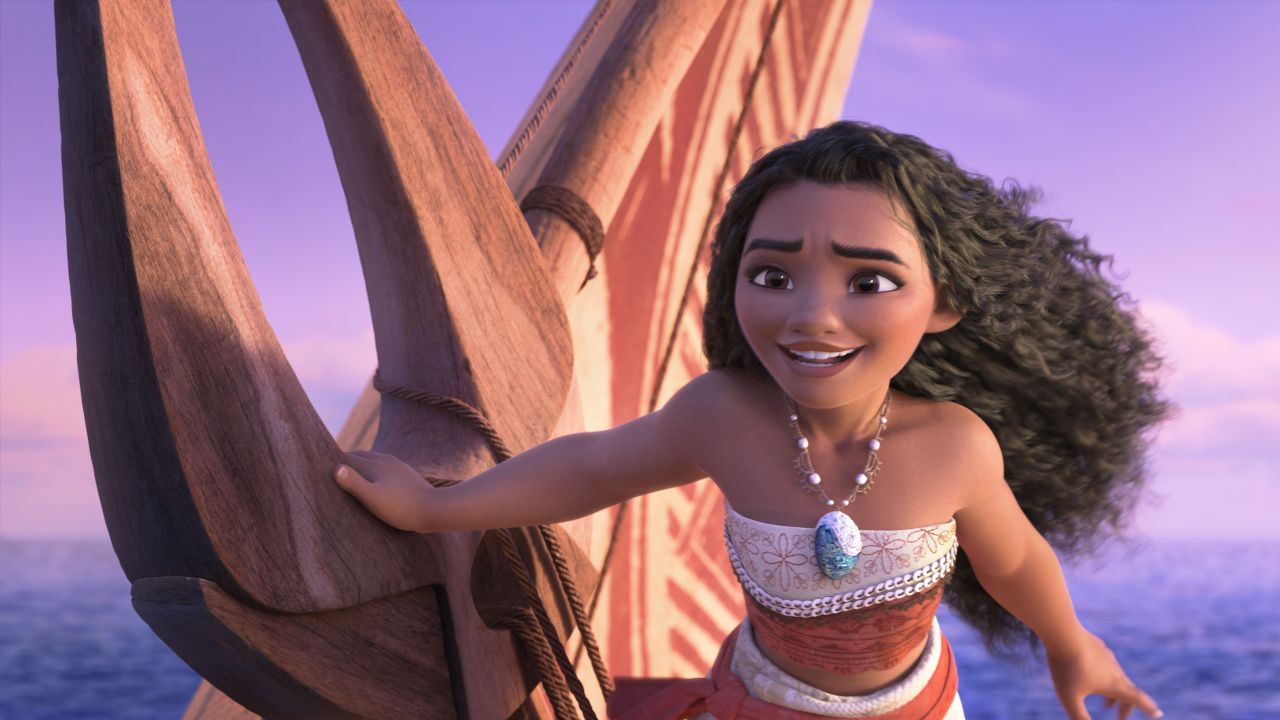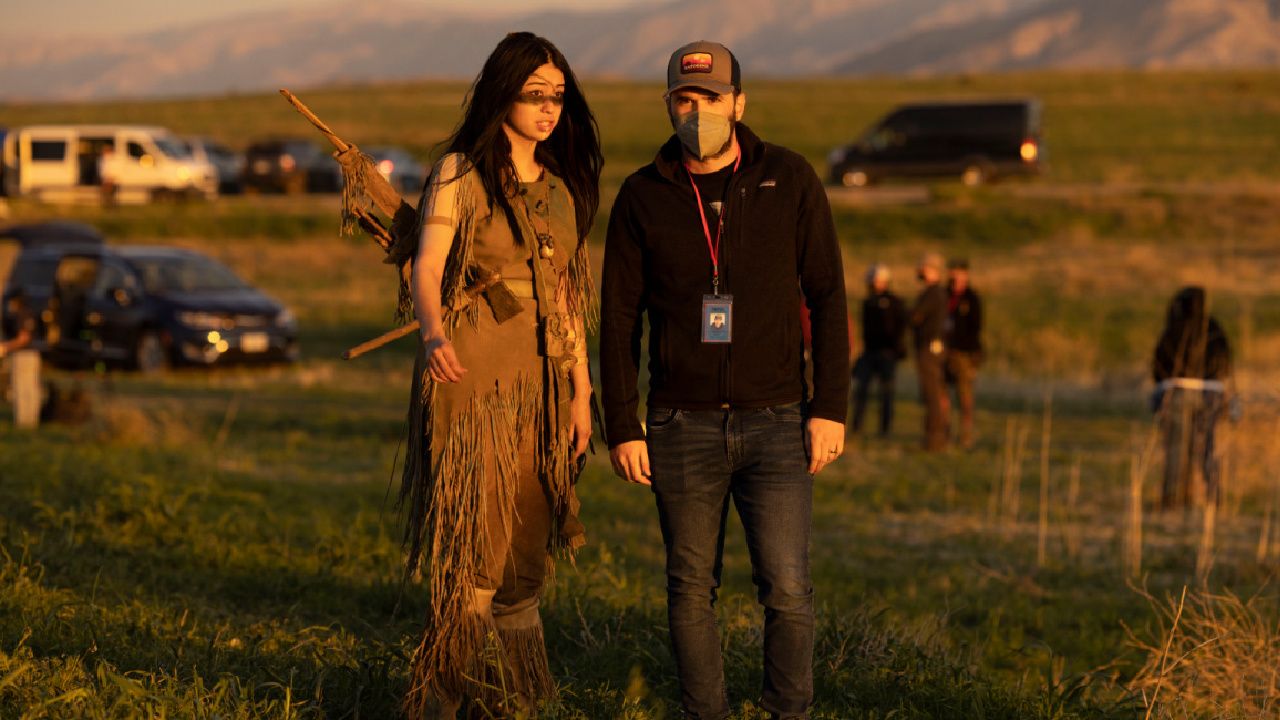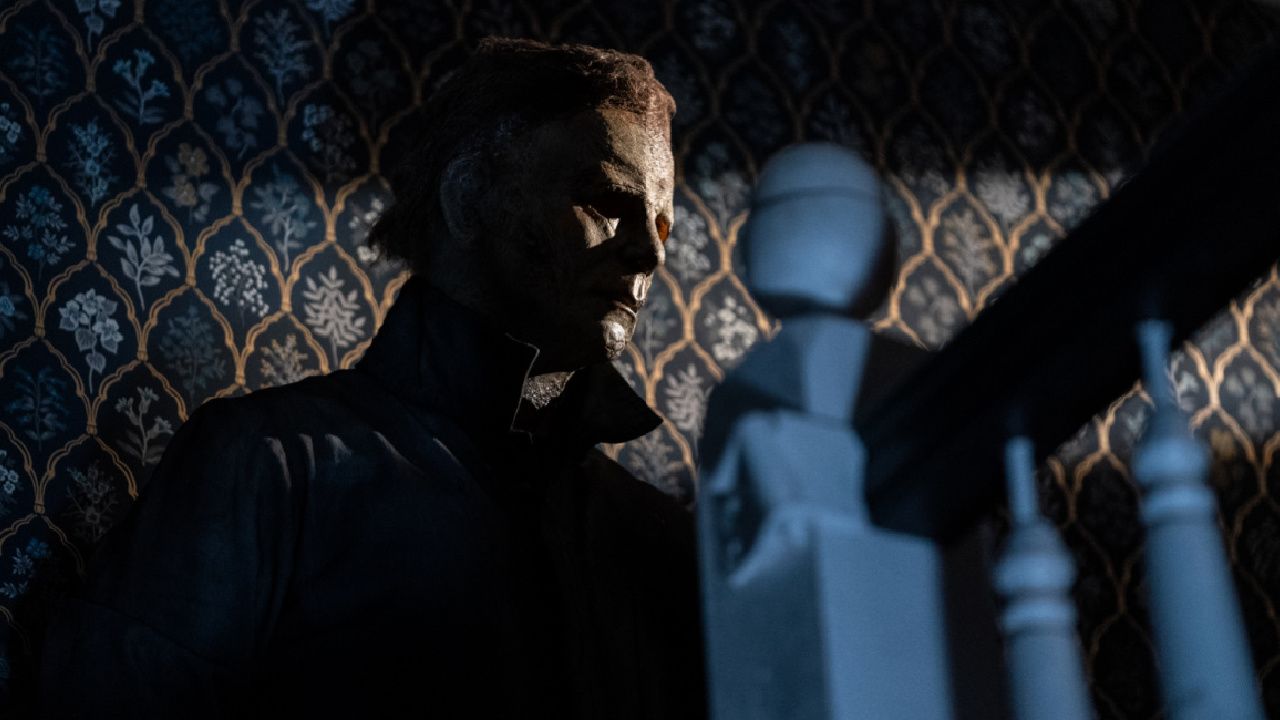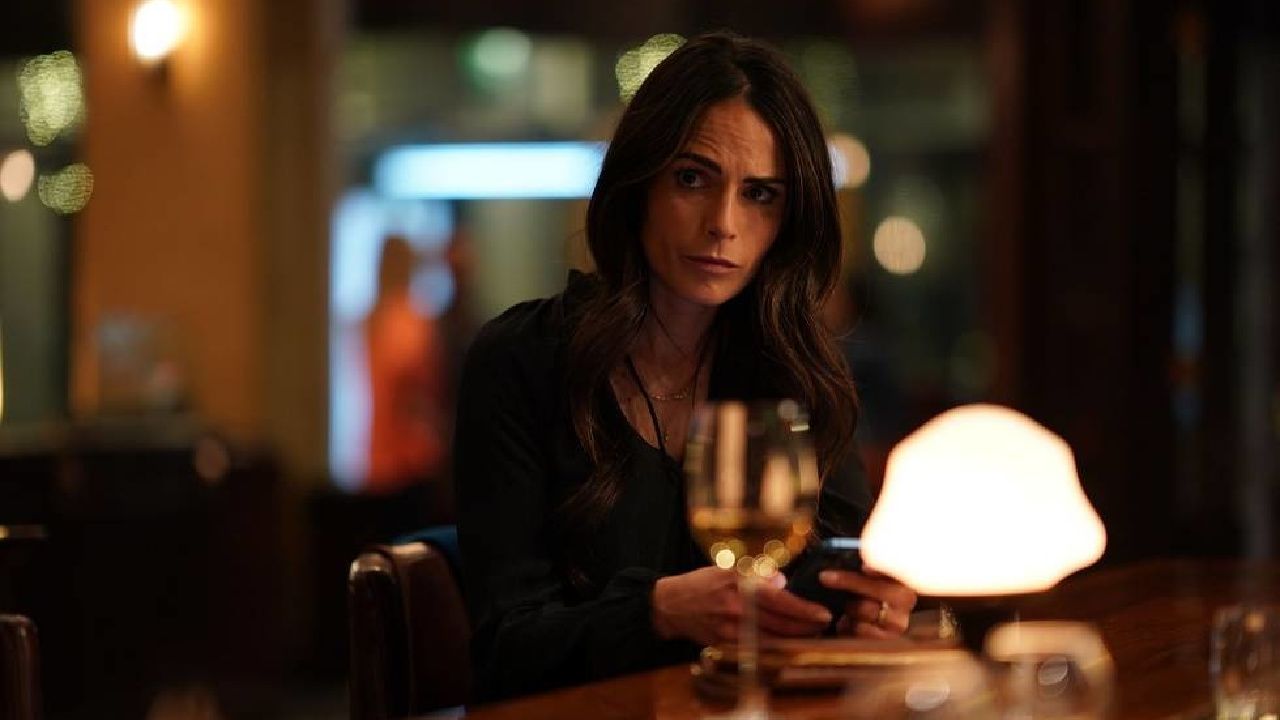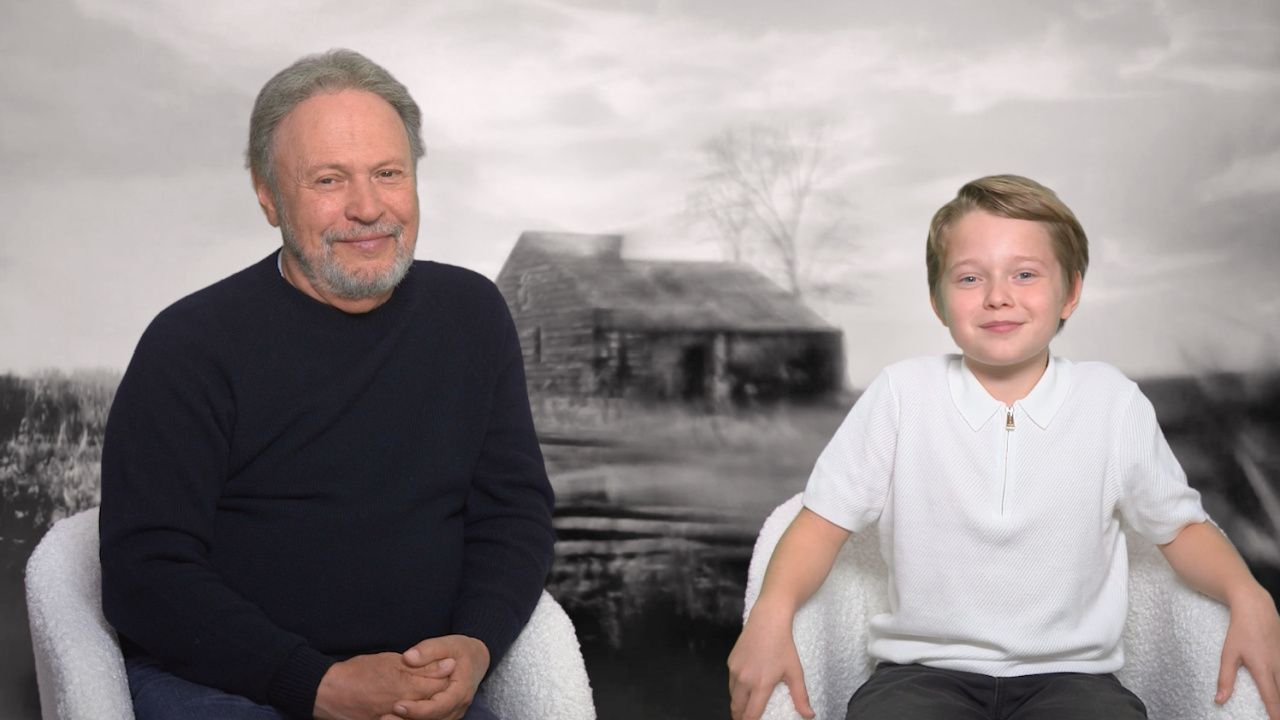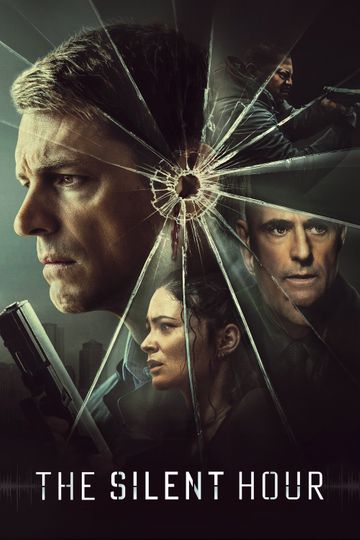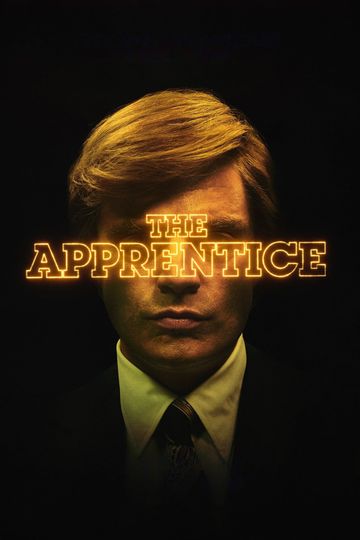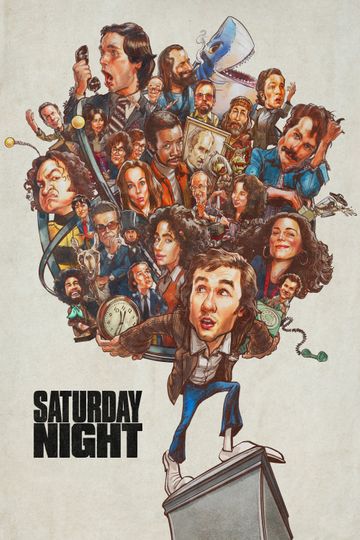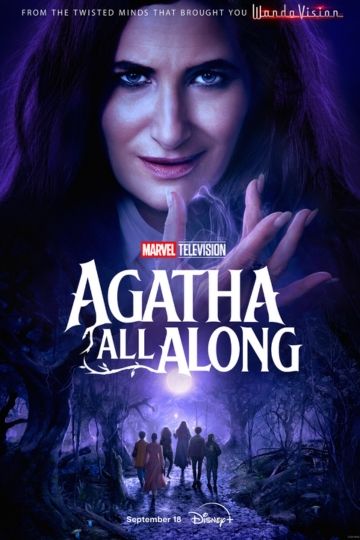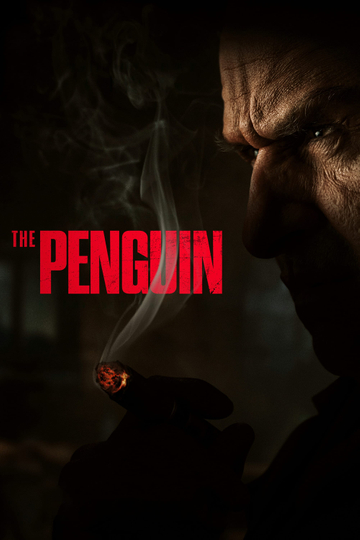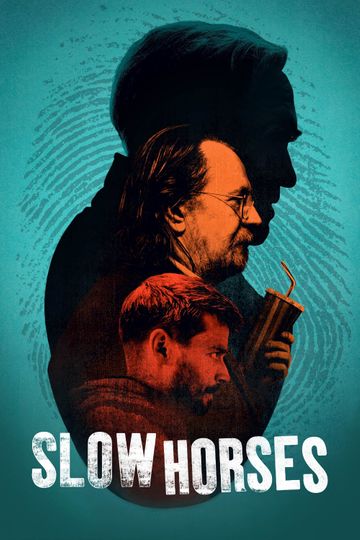'Mission: Impossible' Director Reveals Secrets Behind 3 Biggest Action Scenes (EXCLUSIVE)
(SPOILER WARNING: The following interview reveals tons of plot details about scenes in "Rogue Nation." So if you haven't seen the movie yet, well, fix that, then read the rest of the article.)
Stealing the NOC List. Jousting with a motorcycle. Climbing the world's tallest building.
These are just some of the stunts the "Mission: Impossible" films have pulled off over the last 19 years -- all for real, and all of them put Tom Cruise front and center for the action.
Unlike most recent Hollywood franchises, the "Mission" films commit to shooting the action set pieces in camera, with a minimal assist from CG. The fifth film, "Rogue Nation," is no exception.
Writer-director Christopher McQuarrie, in concert with his star, has effortlessly delivered not one, but two, big showstoppers that instantly rank among the franchise's most iconic moments. Moviefone recently sat down with McQuarrie for an exclusive interview, and fans of director commentaries on movies are in for a real treat. Because McQuarrie cracked open the dossiers on how the production pulled off three of the summer's biggest -- and best -- action scenes.
(AGAIN, THERE BE SPOILERS HERE. Still reading? Okay, but ya been warned.)
1. The Vienna Opera House Sequence
WHAT IT'S ABOUT: Around the mid-point of the film, Hunt sneaks into the opera house to thwart an assassination attempt. It doesn't go easy, obviously, leading to a nail-biter of a sequence full of scary-good tension and inventive complications -- especially those centered around Rebecca Ferguson's character, Ilsa (pictured above). The scene arguably tops the "stealing the NOC List" sequence from the first film as the franchise's best set piece yet.
MOVIEFONE: So was the opera house sequence an easy sell? Was Tom totally onboard with it at first?
Christopher McQuarrie: It was an easy sell, because we were looking for the beginning of the movie. It was originally going to be the opening of the film, and I went to France, and I was at the ballet with my wife, I was looking at this giant auditorium, and I thought: "God, it would be awesome to shoot an action sequence in some place like this."
And then did you flesh it out from there? How early in the development process was this?
I started to come up with the idea for this sequence, and I called Tom, and our process during the early writing of the script -- he was off making "Edge of Tomorrow" -- he would work on a bunch of different things, we could only really talk once a week. So we had this regular scheduled appointment. We would speak for two hours every Saturday. And I would pitch an idea. And he'd go, "Ehh, I kinda like that," or "I don't like this," or "that's not 'Mission.'" And over the course of that conversation, we'd come up with an idea we really loved. And he's like, "Great! Go write that, and I'll see you next week." And by the time Saturday rolled around I'd say, "Hey, you know what? I spent the week working on that idea and here's why it sucks." And we'd start talking about it some more and come up with another idea.
And finally, I came up with the opera idea, and I felt so good about it. I felt like it was really what he was looking for, for the beginning of the movie.
So what changed?
When we figured it out, we realized we wanted to know more before we got to that sequence. We wanted to add more elements, we wanted to add Ilsa into that sequence. And that -- it felt a whole lot better if we knew who Ilsa was before that sequence. And that Ilsa and Ethan had some shared past; and that Tom met this woman, this woman saves his life. So then the next time he sees her, he sees her in a completely different circumstance that has him doubting who she is -- and [that] puts them in conflict with one another. And so, that was kinda how that scene evolved.
It's such a great sequence.
Oh, thank you very much. I'm very, very proud of it. It was a nightmare to edit. I really went into a dark place in the middle of it. I didn't think I could get it to work. And Eddie Hamilton, my editor, was so great -- he really pulled me through, and we just refused to give up.
One of my favorite beats here is -- we're used to seeing someone sneak in an innocuous, custom-made gun into an assassination. But not three of them. There's the flute gun, the nightstick gun and the "pipe gun" that Ilsa uses. Who is the genius that came up with those?
Well, we knew we wanted someone from the orchestra, so that's where the flute came from. And I knew I wanted a cop, that was the easiest way to get into the opera sequence. And Ilsa, I loved the idea that this woman in a beautiful, elegant dress was backstage with all this, this "gack," and we wanted to juxtapose her dress with her environment. So that gave me the idea of a gun hidden in a scaffold. And originally it was just hidden inside the pipes, so Simon Afforte, our armorer, had the idea that the weapon should be in the pipes itself. That the pipe was actually a massive silencer on the front of his gun, which I loved.
Did you get to keep one? I would have kept the nightstick.
I'm desperate to keep the flute gun. I thought that was the coolest one. And the whole thing works, you can actually fire it.
2. The Underwater Heist
McQuarrie achieves Hitchcockian levels of tension with this sequence, which feels like "Stealing the NOC List 2.0." Here, Hunt must dive over 100 feet into a crazy super computer, which is kept cooled by tons of water, in order to swap a key piece of data so Benji (Simon Pegg) can infiltrate a even more important room topside. With no oxygen tank, Hunt struggles to hold his breath -- if his own lack of air doesn't kill him, a mechanized swing arm will.
MOVIEFONE: I love the underwater sequence because the film's themes of luck and chance, all the action seems weaved through these themes. Was that a conscious effort on your part?
Well, the first rule was: The plan is always simple. There's always a very straightforward objective and a means of overcoming it. And then, everything goes wrong. What I didn't know was, what the stakes of the scene were. We originally designed that sequence to happen all in one take, a one-er, involving Ethan. And Ethan was going in to get the thing they were initially after. And that created several problems.
Like what? Other than it takes the focus off the team dynamic?
Right. The first of which was it's no longer a team sequence. Um, the second problem was that it was only Ethan's life at risk and no one else's. And the third problem was -- if Ethan has the objet that they're after, if he had the disk, and Ilsa went in to save Ethan, her motives are very different than if Ethan doesn't have the disk. Because you could argue that she's not saving Ethan, she's saving the disk. And it was very important to me that it not be ambiguous. Because then her turn, after that sequence, it becomes that much more unexpected. The moment when you believe she's risking her life for Ethan, and then she just as quickly turns on him. So, that necessitated breaking up the sequence.
Can you talk about how you -- you kind of subvert expectation here with Benji and Ilsa's roles. Benji's running point topside, and Ilsa, well a lesser movie would have her be the damsel in distress.
Yes. Benji's going to do the job that Tom would normally do. And Tom is doing the techy job that Benji would normally do. And Ilsa is doing the job that a woman is normally relegated to, which is sitting up on a trestle and pushing some buttons on a screen. And then everything is turned on its head. You know, Ethan drowns. And Ilsa comes in and saves Ethan's life. It's a big deal for Tom to be as giving as he was, to have the woman save him not once, but twice, in the movie. Here is the protagonist, and he's allowing himself to constantly be placed in positions of vulnerability.
Which is great storytelling. Now, you said this was originally going to be all in one-take. Why did you change it?
Tom and I were always struggling with was our disappointment at what we perceived to be the failure of the sequence, which was: People were going to be more invested and feel more suffocated if they were underwater that entire time with Tom without ever cutting away. And I have the pre-biz which shows how that sequence would have worked. As the one-er. And I loved it and Tom loved it, but we kept saying, you know, story is king -- and it's better [for the story] story to break it up.
And by the way -- we didn't finish the movie until five days before the [Vienna] premiere and the last thing we finished was [this sequence.]
Wow.
Yeah. We were making changes at 11:30 on the very last night. And when we saw it with the crowd, we knew we did the right thing.
3. The Motorcycle Chase
It starts with a BMW, driving backwards, and ends with an explosive motorcycle chase through traffic, as the bad guys' bikes get punched by cars. There is life before, and life after, this scene.
You told me, in Vienna, that this sequence was originally supposed to take place at a different point in the film's timeline. Can you talk about what the original stakes of that scene were?
We didn't quite know at that point ... it didn't really have a clear place in the story. We knew we had a chase. We didn't understand what the stakes were yet. But originally, Ethan was chasing after the villain. The villain had acquired the thing after they had stolen it [in the previous scene]. Ethan was trying to stop the villain from getting away. And I couldn't figure out what to do with Ilsa. She stole it from Ethan and then the villain stole it from her. And that just weakened her as a character.
It made her less interesting, and sidelined her. It gave no power to the villain, and took power from Ilsa. So, I had the brainstorm of making it just be Ilsa being the one was running away from Ethan. And that radicalized the entire sequence. It gave it a whole lot more emotional punch. You wouldn't care as much about the car chase if Ethan was chasing the villain.
"Mission: Impossible: Rogue Nation" opens this Friday.

